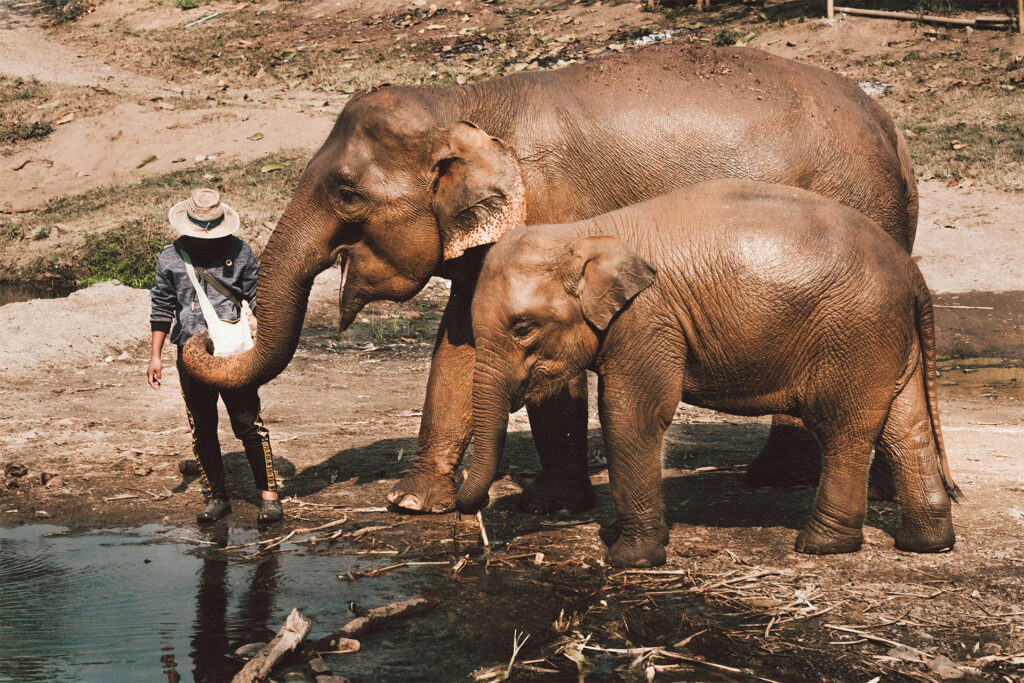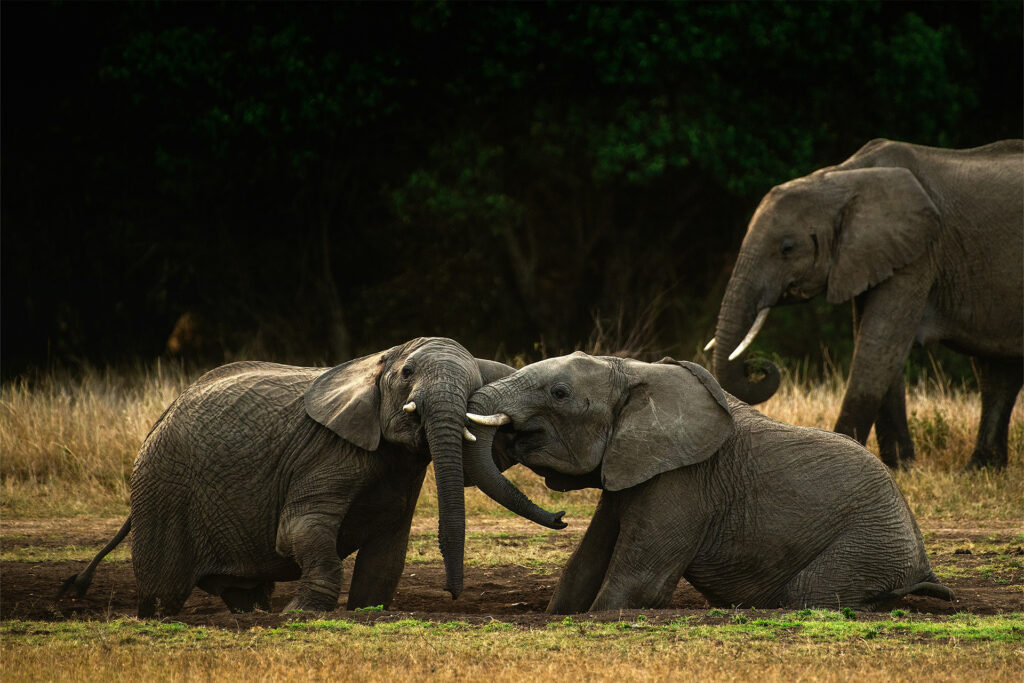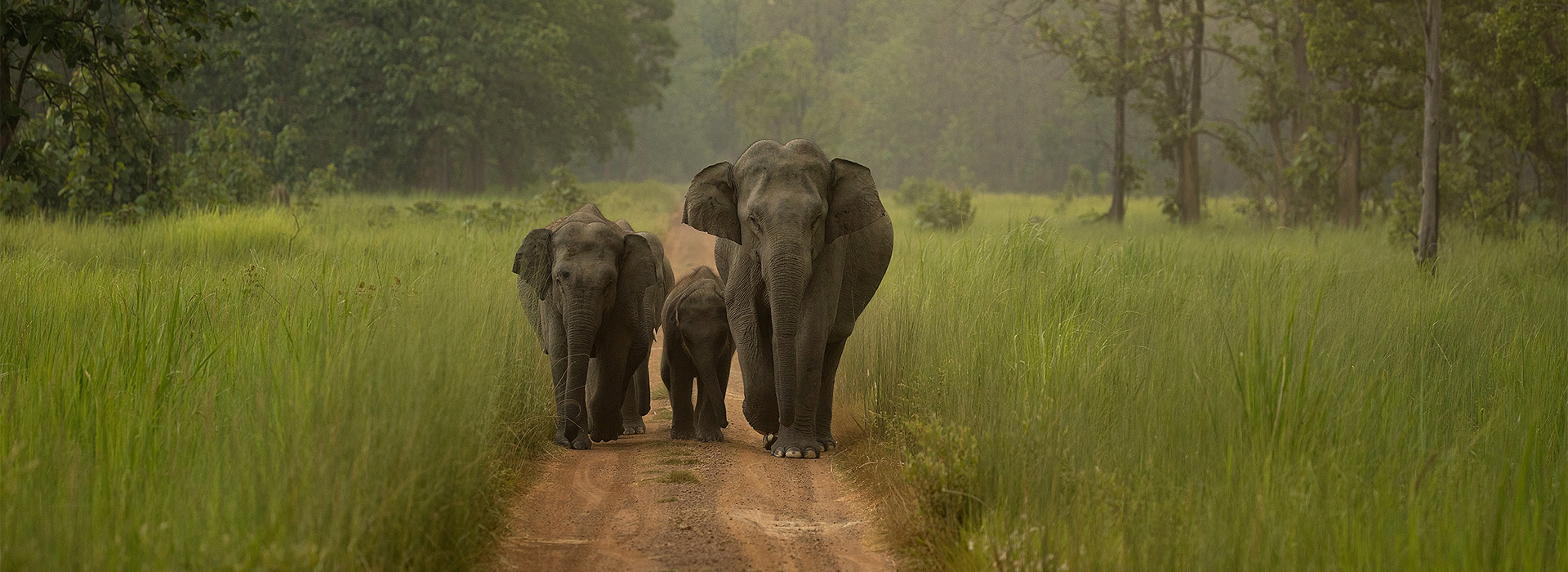Every year on World Elephant Day, celebrated on August 12, the world pauses to appreciate one of Earth’s most remarkable creatures – the elephant. Whether it’s the mighty African elephant roaming the savannahs or the gentle Asian elephant in tropical forests, these animals inspire awe, respect, and a deep sense of responsibility. Yet, despite their cultural significance and ecological importance, elephants face ongoing threats such as poaching, deforestation, and human-wildlife conflict. Many populations, including endangered elephants like the Indian elephant, continue to decline without dedicated conservation efforts.
Thankfully, across the globe, there are wildlife sanctuaries that go beyond offering temporary shelter. These protected areas provide safe habitats, restore ecosystems, and foster coexistence between elephants and people. On World Elephant Day 2025, we highlight five incredible destinations where elephants roam free – living proof that with the right protection, these giants can thrive for generations.

1. Amboseli National Park – Kenya
Set in Southern Kenya with the snow-capped Mount Kilimanjaro as its backdrop, Amboseli National Park is home to around 1,600 African elephants (according to reliable online sources), including some of the biggest elephants in the world. The park’s swamps, grasslands, and woodlands create an ideal ecosystem for elephant herds to thrive year-round.
Anti-poaching patrols safeguard the herds, while community-led programs provide alternative livelihoods that reduce harmful activities. Long-term research here has shaped global strategies for elephant protection, proving that conservation can work when science and local communities unite.
2. Chobe National Park – Botswana
Hosting approximately 120,000 elephants (according to reliable online sources), the largest concentration in the world, Chobe National Park is a haven where African elephants rule the landscape. The Chobe River is a vital water source, especially in the dry season, attracting vast herds for drinking, bathing, and socializing.
Chobe’s success comes from strict anti-poaching laws, sustainable safari tourism, and protected migration corridors. Visitors can enjoy close encounters without disturbing natural behavior, making Chobe a perfect example of ethical wildlife tourism in action.
3. Periyar Wildlife Sanctuary – India
In Kerala’s lush hills, Periyar Wildlife Sanctuary is home to about 2,000 Asian elephants (according to reliable online sources), including the Indian elephant subspecies. Here, dense forests and the Periyar Lake provide a rich habitat for elephants to forage and interact.
Community-based ecotourism plays a key role in Periyar’s success. Locals work as guides, patrol members, and conservation advocates, helping reduce human-elephant conflict while protecting the sanctuary’s biodiversity. It’s proof that elephant conservation can also strengthen local livelihoods.
4. Addo Elephant National Park – South Africa
Addo Elephant National Park began in the 1930s with just 11 elephants. Today, over 600 (according to reliable online sources) roam its varied landscapes, from grassy plains to coastal dunes. This recovery is the result of expanding protected areas, restoring habitats, and building wildlife corridors to connect elephant populations.
Addo’s transformation shows how long-term commitment can bring a species back from the brink, and why preserving elephants means safeguarding entire ecosystems for countless other species too.
5. Udawalawe National Park – Sri Lanka
Known for year-round sightings, Udawalawe National Park in Southern Sri Lanka shelters around 800 Asian elephants (according to reliable online sources). Open grasslands and reservoirs make it perfect for large herds, while the Udawalawe Elephant Transit Home rehabilitates orphaned calves until they can return to the wild.
This combination of wild protection and rehabilitation ensures elephants not only survive but thrive, making Udawalawe a leader in holistic conservation.

Why These Sanctuaries Matter?
Elephants are keystone species, shaping the very landscapes they inhabit, from creating waterholes to dispersing seeds that grow into forests. But without safe habitats, their role in maintaining biodiversity disappears.
These five sanctuaries show that conservation is most effective when it combines habitat protection, community involvement, scientific research, and ethical tourism. By supporting such efforts, whether through responsible travel, donations, or spreading awareness, we help ensure that future generations can see elephants in the wild, not just in pictures. From the biggest elephants in the world in Botswana to the white elephants revered in Asia, protecting these gentle giants protects our shared natural heritage.
Disclaimer: This content is for informational and educational purposes only. Wildlife viewing and travel recommendations are general in nature. Visitors should consult official park websites and local authorities for current conditions, safety guidelines, and booking requirements. The company assumes no responsibility for travel decisions made based on this content.
All images sourced from Unsplash under appropriate licensing terms.
Author
-

Akshay is a versatile content writer and enthusiastic traveller with a knack for storytelling that spans across travel, sports and tech. When he's not blogging about travel hacks or hidden gems, he's diving into match stats or exploring new food joints. A true multitasker at heart, Akshay blends his love for the road, the game, and gadgets into content that's both informative and full of personality.
View all posts





